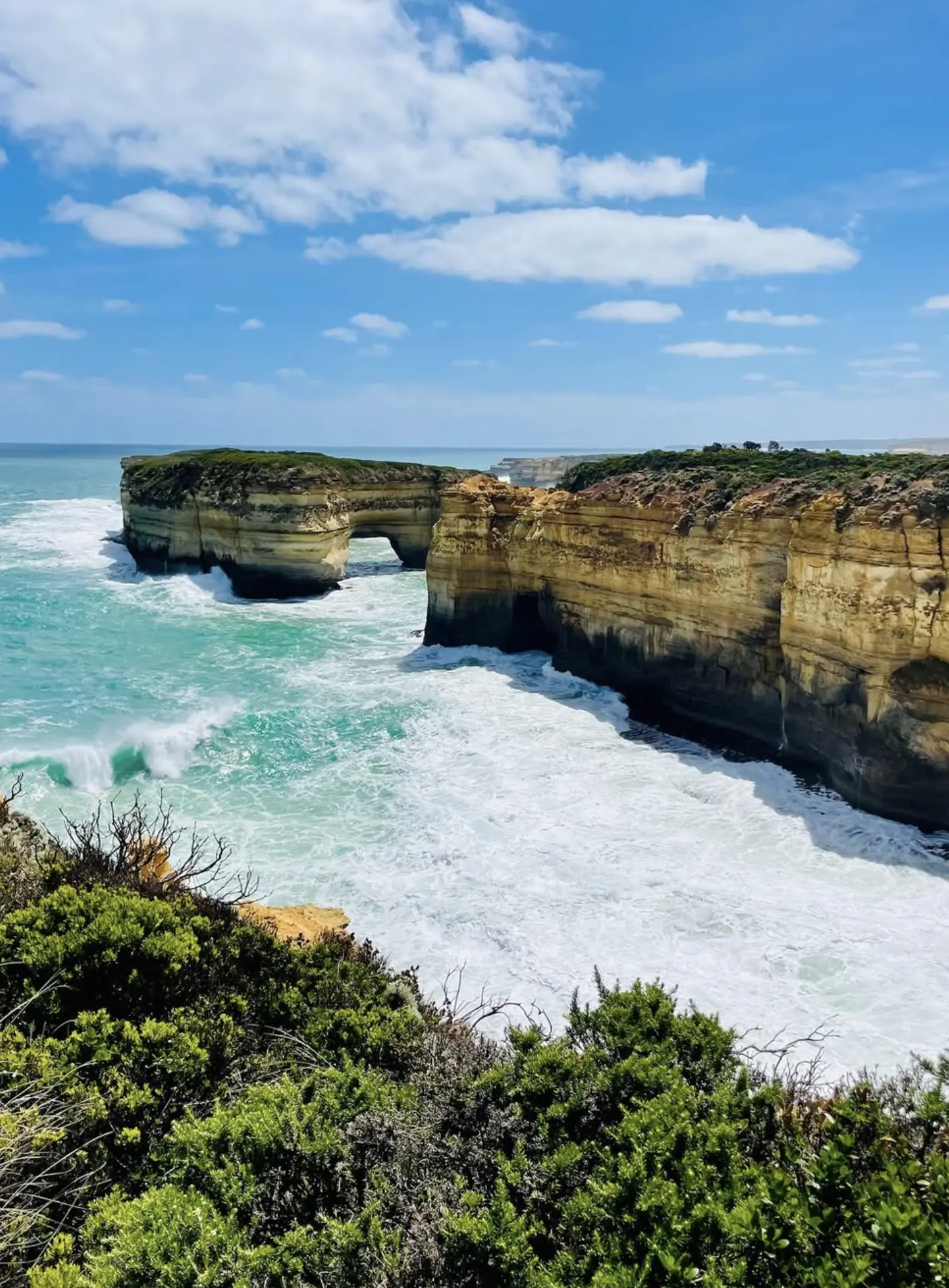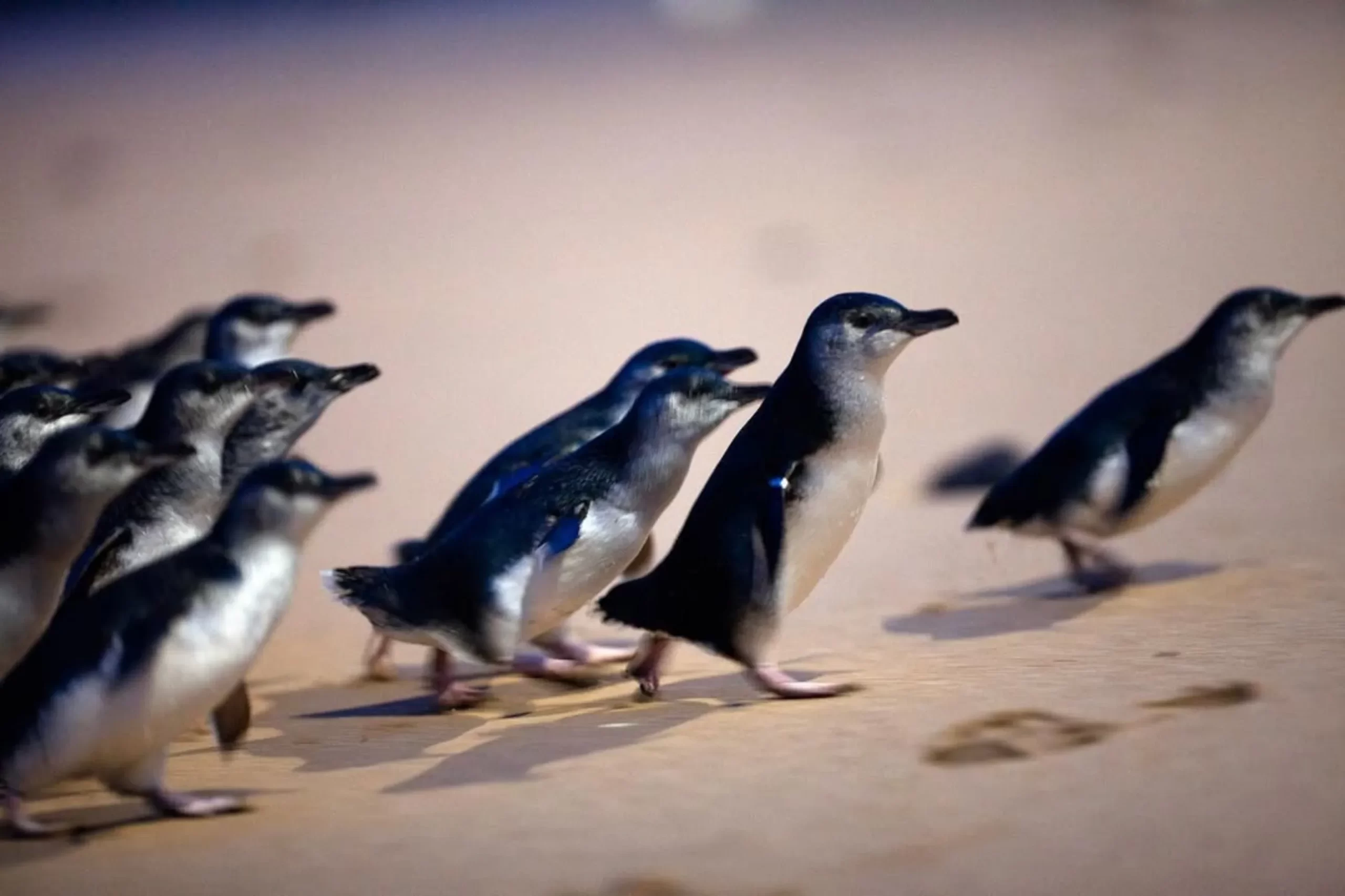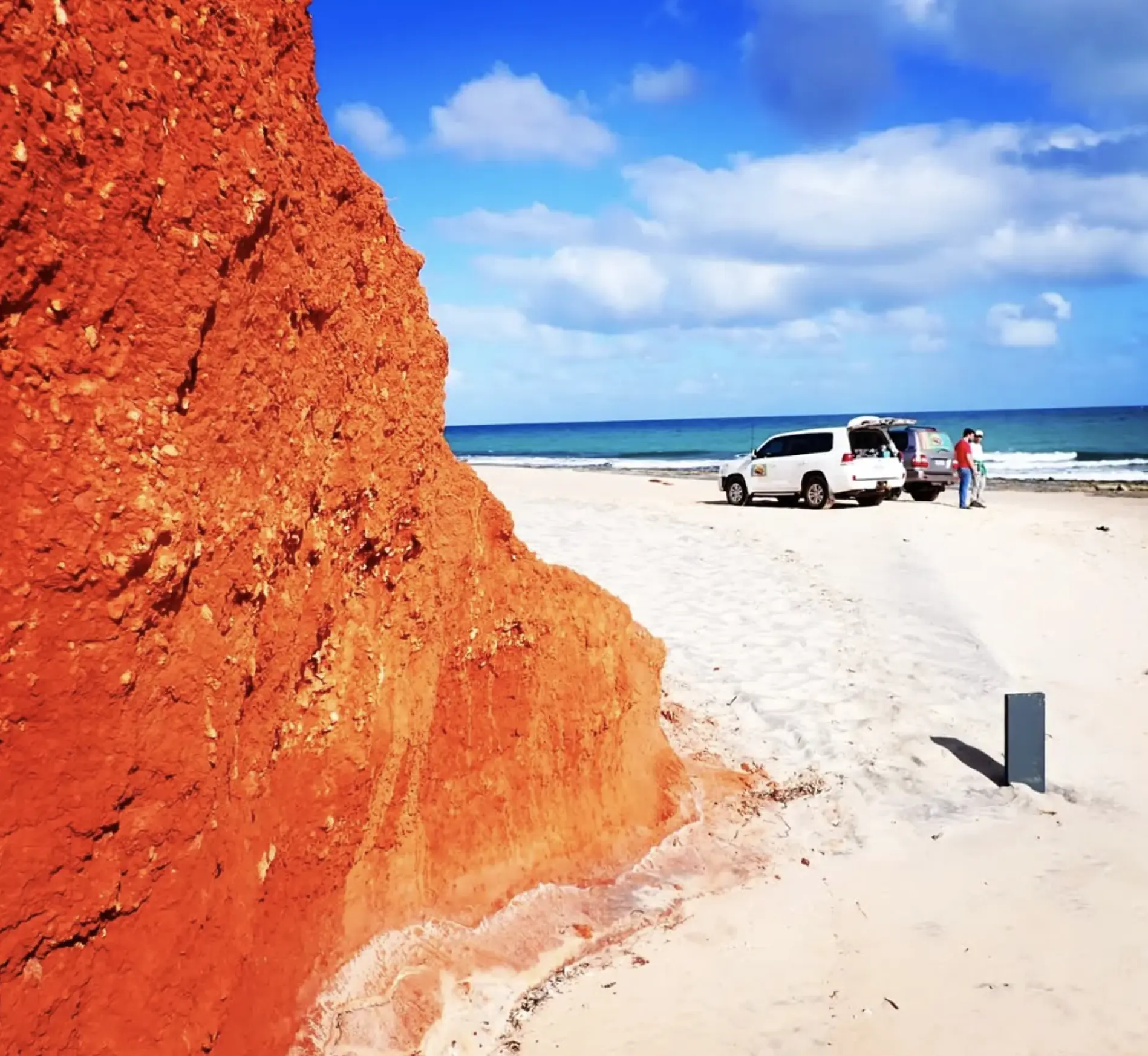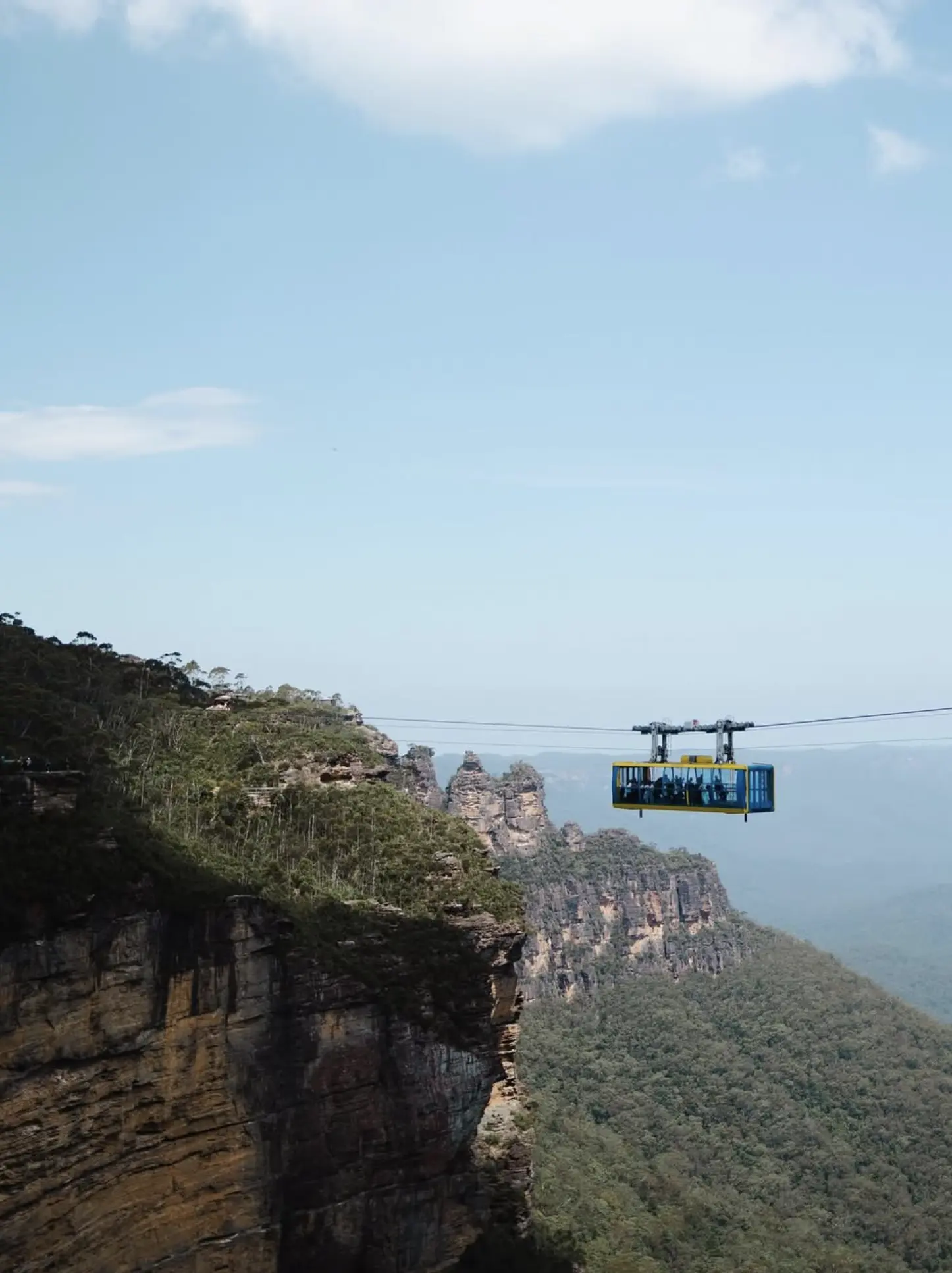The 12 Apostles in Port Campbell National Park are one of the world’s most famous natural attractions, showing off nature, culture and geology. These limestone stacks are a symbol of Australia’s natural beauty and Indigenous history. Standing in the Southern Ocean along the Great Ocean Road, the Apostles get millions of visitors every year who marvel at the views and ponder how they were formed. Beyond the views, these rocks hold many stories from Indigenous communities and European settlers and are a platform for Parks Victoria and local custodians to work together to protect them.
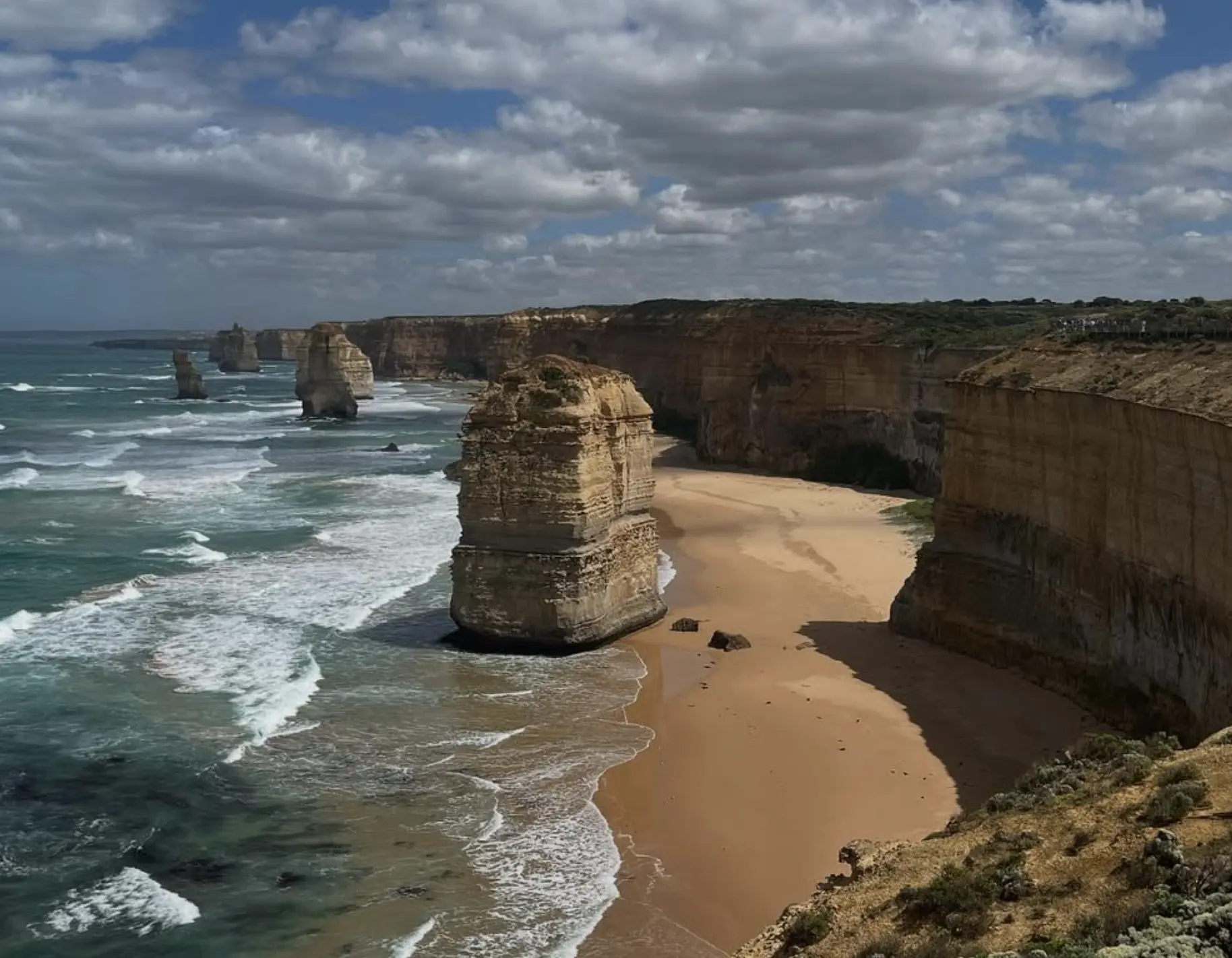
Geological Formation
The 12 Apostles journey began 20 million years ago. Sedimentation of limestone on the ocean floor during the Miocene Epoch turned into hard limestone over time. Over thousands of years, natural erosion – wind, waves and rain – carved the cliffs into caves, arches and finally into isolated limestone stacks. Erosion continues to shape these formations today, showing off the power of nature along this section of the southern coast.
The Apostles, now fewer than 12, are slowly being eroded by the coast. The cliffs are eroding at 2cm per year, and while these formations have been favourites for decades, new rock formations will replace the ones that collapse. This natural process is a powerful reminder of the dynamic nature of Australia’s coastline.
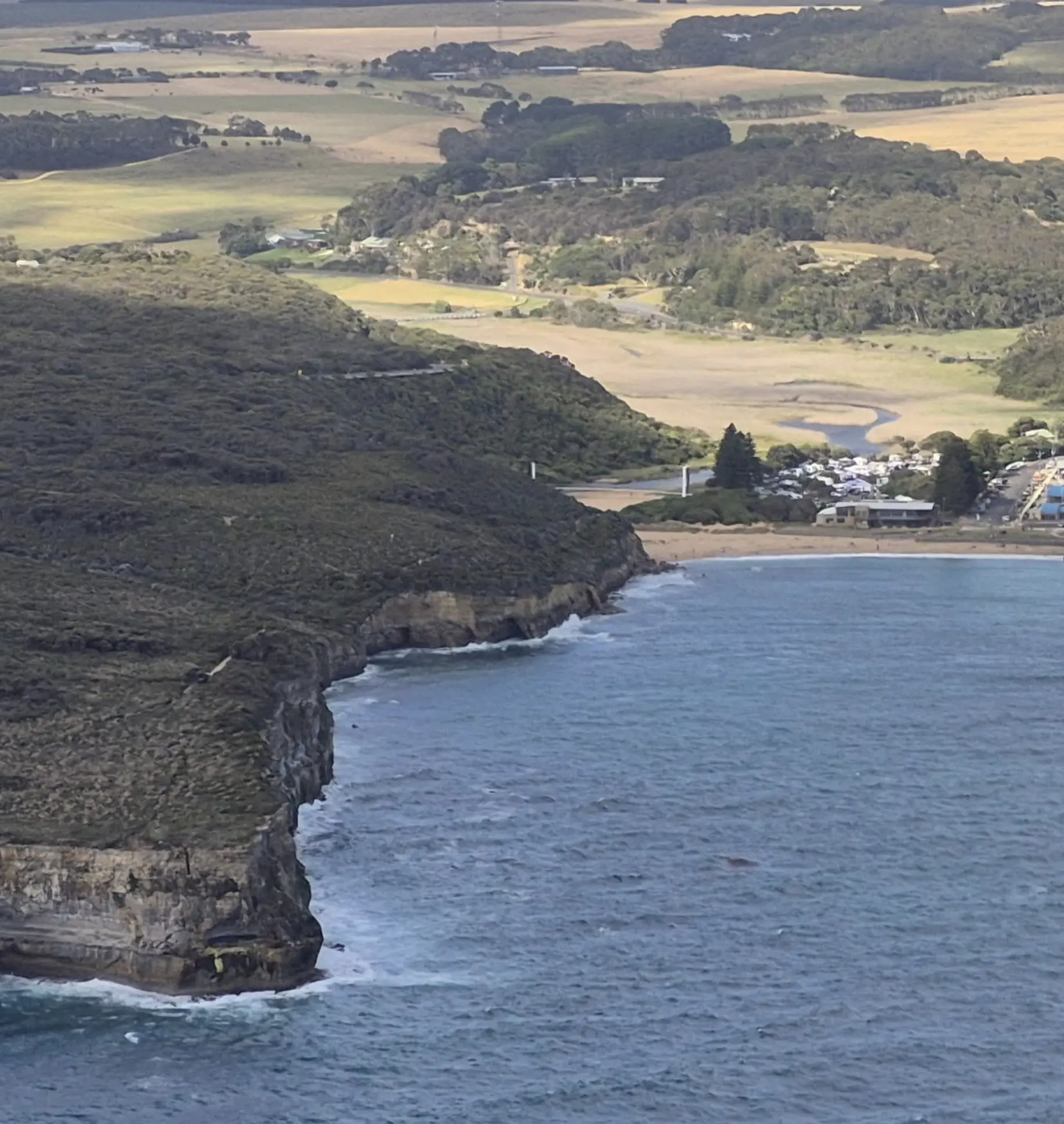
The Cultural Significance
To the local Indigenous communities, particularly the Kirrae Whurrong people, the 12 Apostles are not just natural wonders but also hold deep spiritual meaning. These stacks in the Port Campbell National Park are about resilience, connection to country and reconciliation. Indigenous sites in this area are significant, they are powerful reminders of Aboriginal history and the long history of Indigenous people and the land. The Apostles have been part of Indigenous history for centuries, they hold stories of spiritual connection and cultural identity.
European settlement added another layer to the Apostles significance as this area became known as the Shipwreck Coast. Over 700 ships were wrecked along this coast and are commemorated by the Shipwreck Memorial. Nearby towns like Port Campbell are the gateways to this history and the wrecks lie on the seafloor, making the Apostles a cultural site and a piece of Australia’s maritime history.
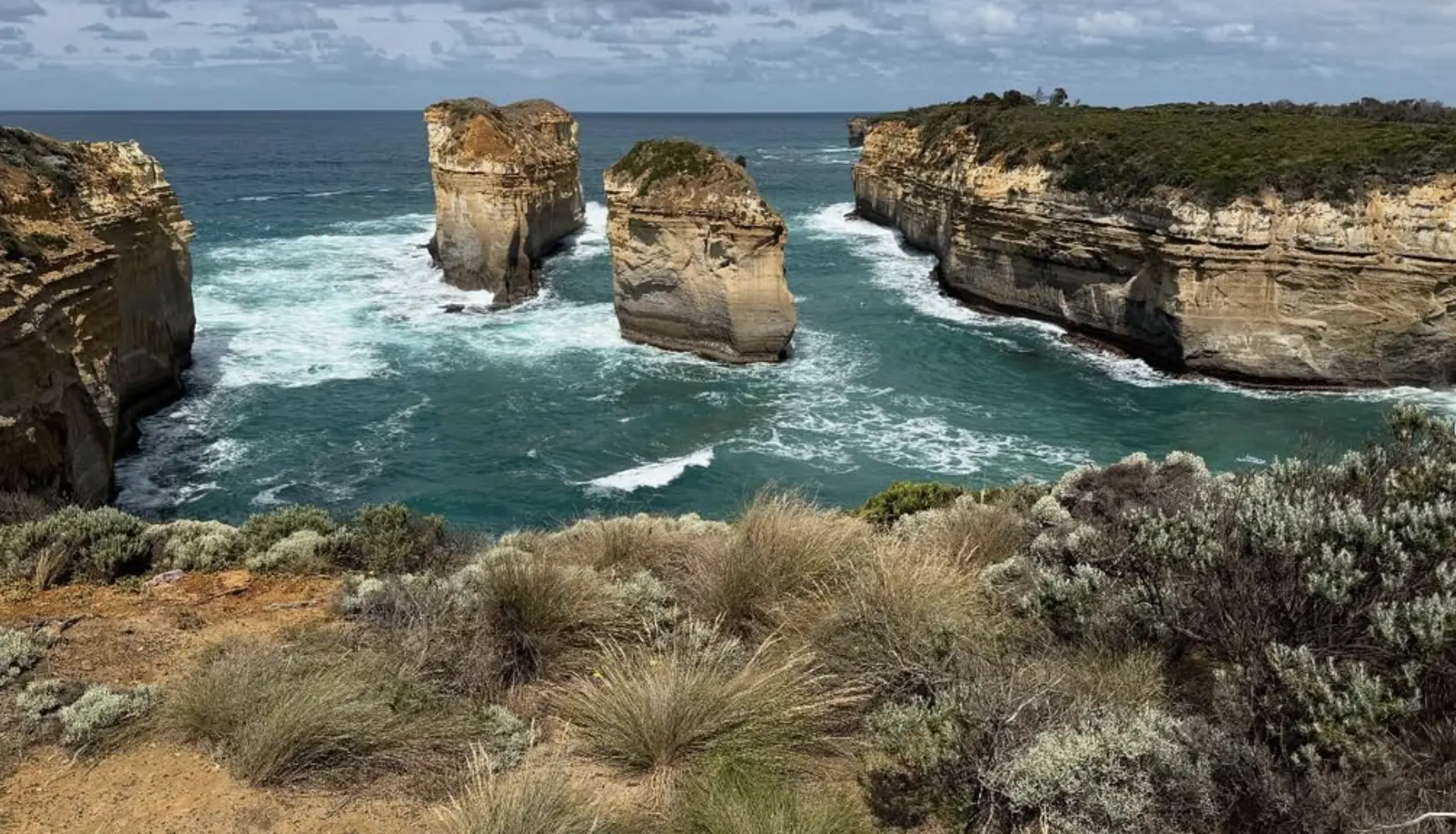
Wildlife and Marine Heaven
Within Port Campbell National Park the 12 Apostles are part of a ecologically diverse area managed by Parks Victoria. This park is home to plenty of Australian wildlife, with habitats for marine creatures, bird life and native Australian animals that live on the coastal plains and cliffs. Mutton Bird Island, a prominent island visible from the Apostles, is a protected area for migratory birds, where you can see animals and help with conservation.
The marine life is also an important part of the 12 Apostles ecosystem, with clear blue water and plenty of species like fish, seabirds and other marine animals. If you want to explore the local ecosystem, binoculars for wildlife viewing will give you a glimpse of birds and native wildlife. Parks Victoria works with Indigenous custodians to achieve equity of outcomes and provide cultural experiences so you can experience the full depth of the natural and cultural values of this area.
Coastal Wonders
The journey to the 12 Apostles is as beautiful as the destination. The 2 day Great Ocean Road tours from Aireys Inlet to Apollo Bay and onto Port Campbell is a popular tourist option and an iconic destination for locals and international visitors. Along the way, you’ll find scenic stops like Cape Otway Lightstation, London Bridge and Wreck Beach, each giving you a different view of the coastline.
Other attractions like the Bay of Islands Coastal Park offer more natural wonders, with calm beach activities on the pristine beaches of Port Campbell beach. The Otway Ranges offer an alternative experience, with rainforest, bike trails and walking trails if you want to get up close and personal with nature. For beach lovers, beach level views of the 12 Apostles offer a more intimate experience, where you can walk amongst the limestone stacks.
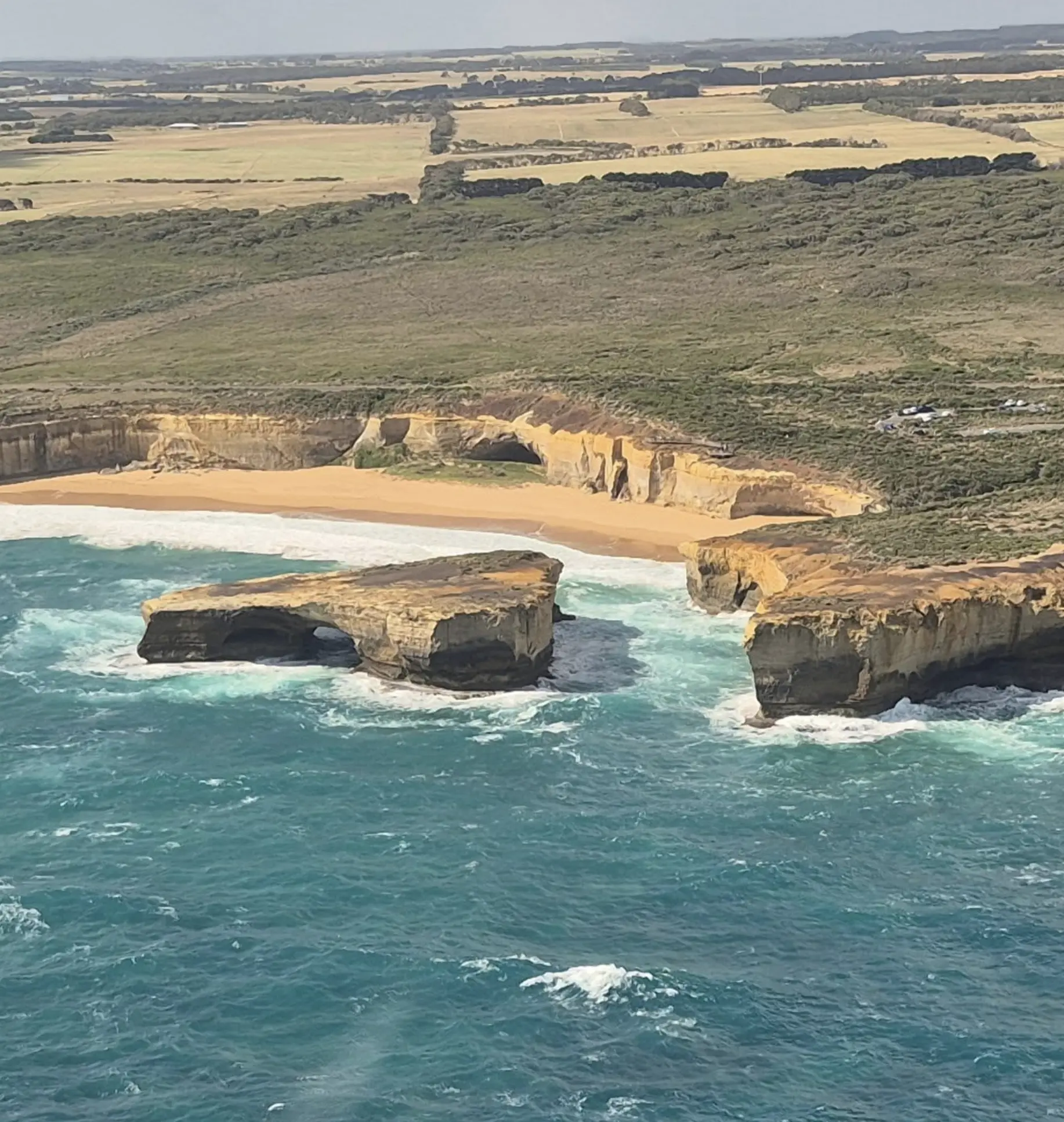
Sunsets and Shoulder Seasons
The 12 Apostles are best visited for what you want to experience. Autumn and spring shoulder seasons have milder weather and fewer tourists, a quieter way to enjoy the views of the Apostles and the surrounding scenery. Summer brings warmer weather but more crowds as this has become one of Australia’s top 10 destinations. Sunrise or sunset times are the best; the Apostles catch the sun’s rays in golden glory, and the coastal scenery is magical. This “golden hour” brings out all the colours in the rock, ocean and sky.
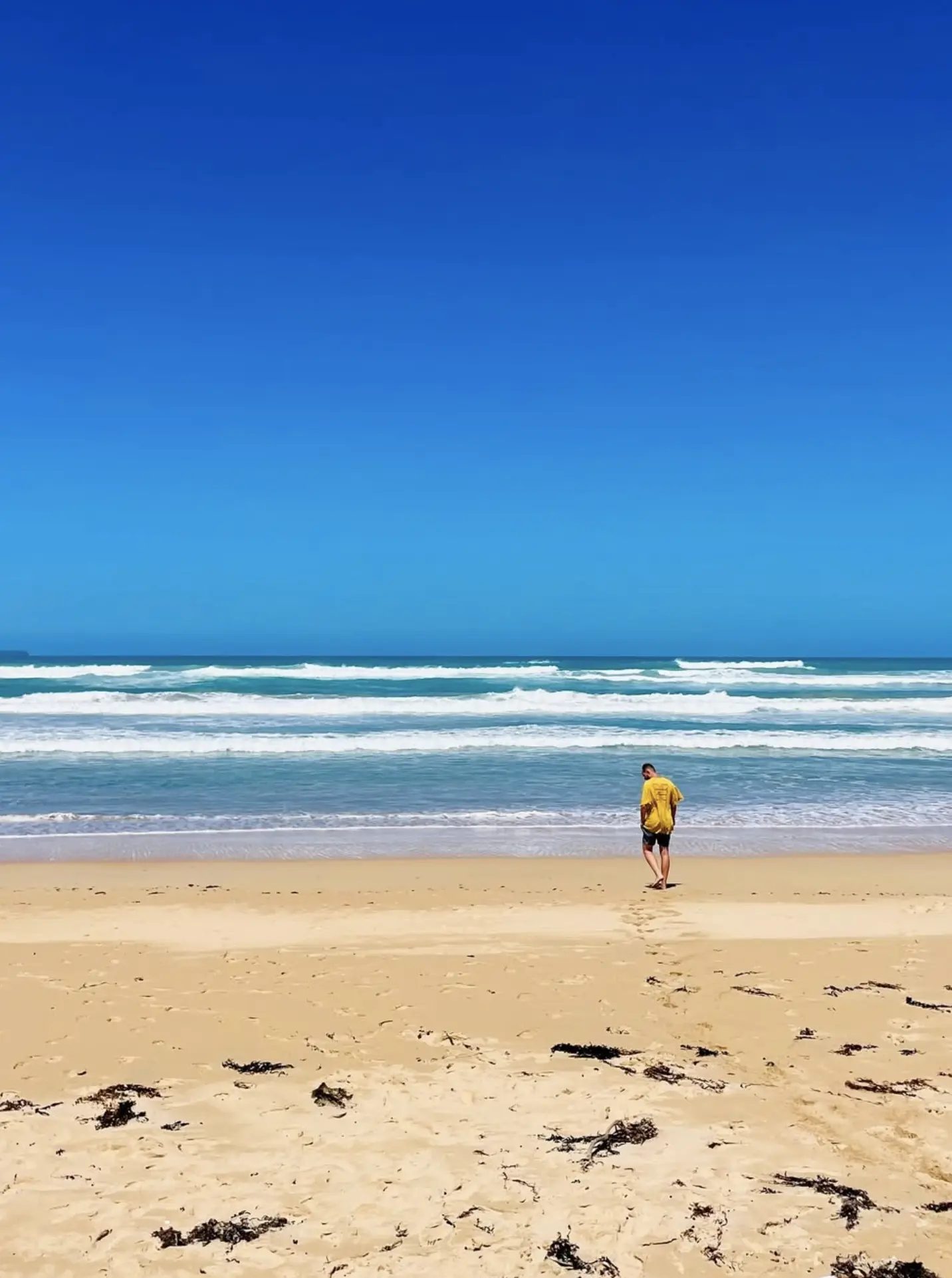
Preservation and Long Term Partnerships
The 12 Apostles is a shared responsibility managed by Parks Victoria and local custodians who balance access with conservation. Initiatives to protect this National Park include controlled access paths, viewing platforms and eco-tourism guidelines to reduce human impact on the environment. These show the importance of long term partnerships between conservation organisations, local communities and visitors, where the outcome is equity for future generations.
Great Ocean Road Tour: Visitors can experience the breathtaking beauty of this coastline by joining a guided tour, which combines stunning views with informative commentary about the area’s history and significance.
Port Campbell National Park has become a tourist destination and a place of education and respect where the environment is preserved alongside the spiritual and cultural values of its Indigenous custodians. Through these broad powers, visitors and locals can enjoy the natural treasures of this coastline and have a sustainable future for this coastal environment.
With its geological features, Indigenous history and natural significance, the 12 Apostles are a time and culture capsule. This iconic destination offers visitors a mix of cultural experiences and outdoor adventure in the magnificence of Australia’s south coast. Whether you’re gazing out at the views from the cliffs or exploring the coastal treasures, the 12 Apostles are more than just a sight – they’re an experience of natural and cultural wonder.
Autopia Tours: For a more immersive experience, Autopia Tours offers curated Great Ocean Road tours, including stops at the 12 Apostles and other coastal highlights, blending adventure with eco-conscious travel.
FAQ
How were the 12 Apostles formed?
The Apostles were formed by millions of years of natural weathering. Waves and wind wore down the ancient cliffs, then caves, then arches and finally limestone stacks standing alone along the coast.
What is the cultural significance of the 12 Apostles?
The 12 Apostles are culturally significant to the Indigenous people of the area, particularly the Kirrae Whurrong people, who see these natural formations as ancestral markers of resilience and spiritual connection.
Are there other attractions near the 12 Apostles?
Nearby attractions include Cape Otway Lightstation, London Bridge and Wreck Beach all with coastal views and scenic beauty. Port Campbell beach and Mutton Bird Island are also close by for more wildlife spotting.
When is the best time to visit the 12 Apostles?
Shoulder season (spring and autumn) is best for weather and fewer crowds, sunrise and sunset for the best views. Summer is busy but warmest for exploring.
How are the 12 Apostles protected?
Parks Victoria and the local community. Controlled viewing tracks, eco-tourism and guidelines to minimize impact.
